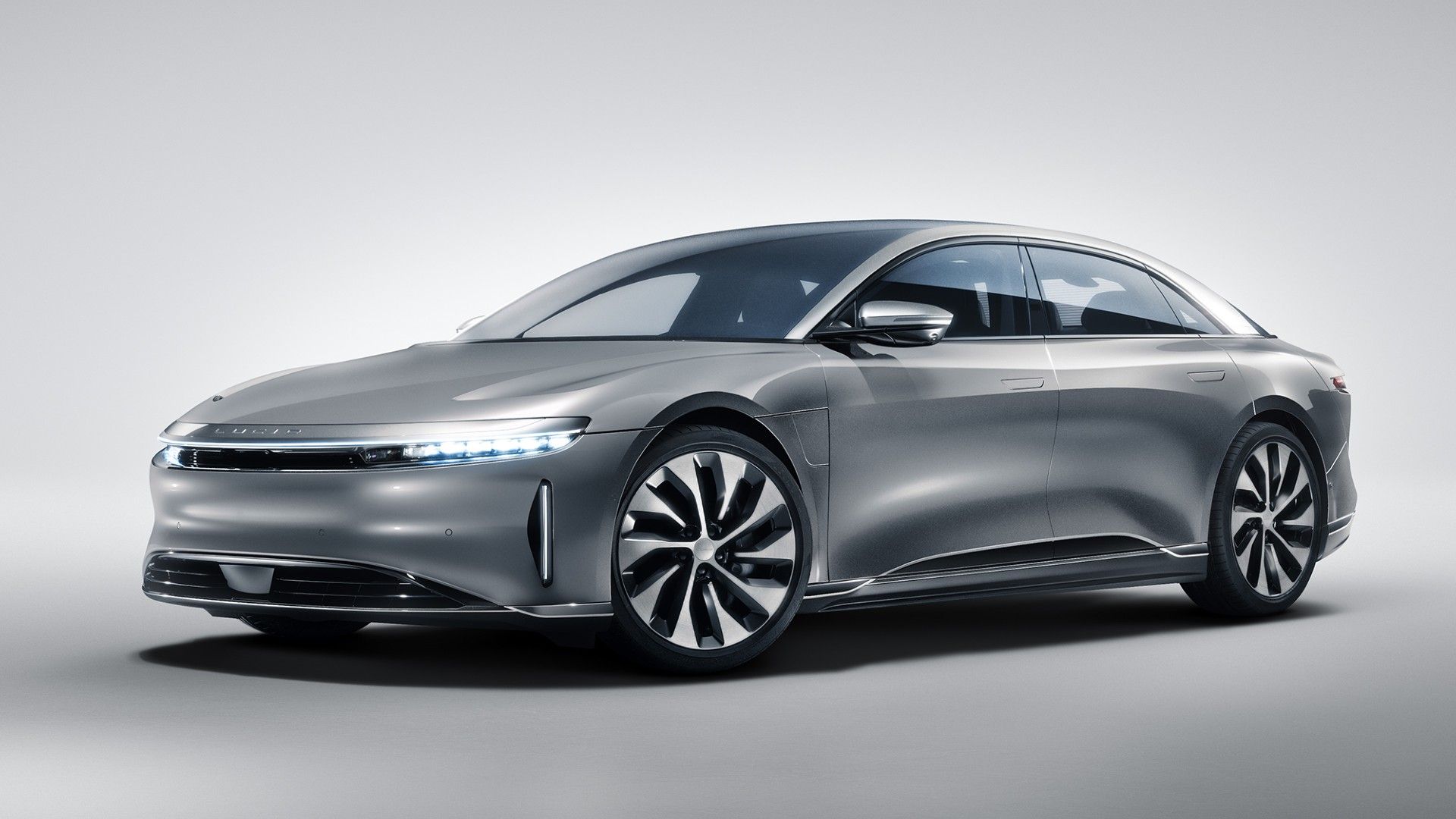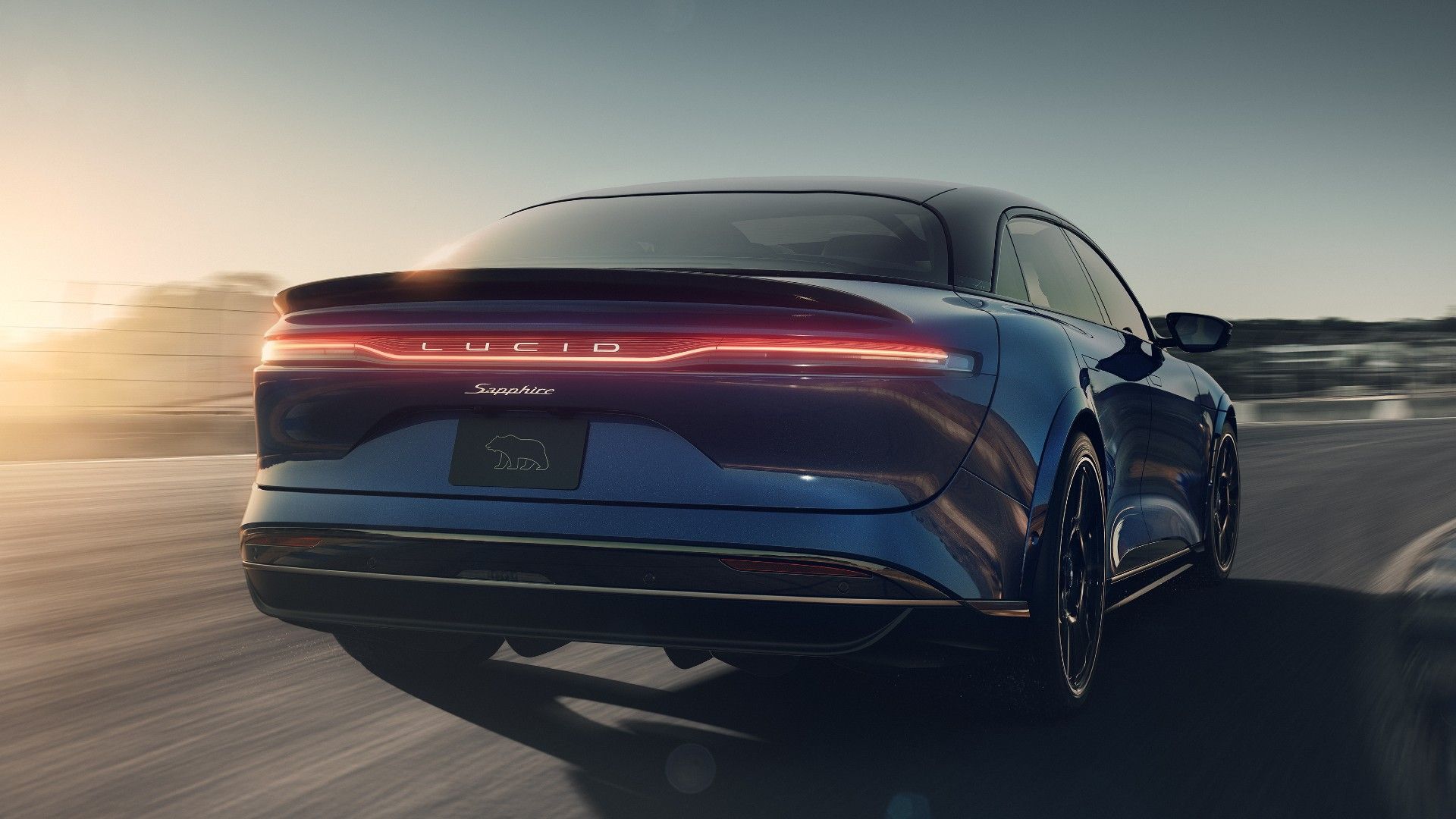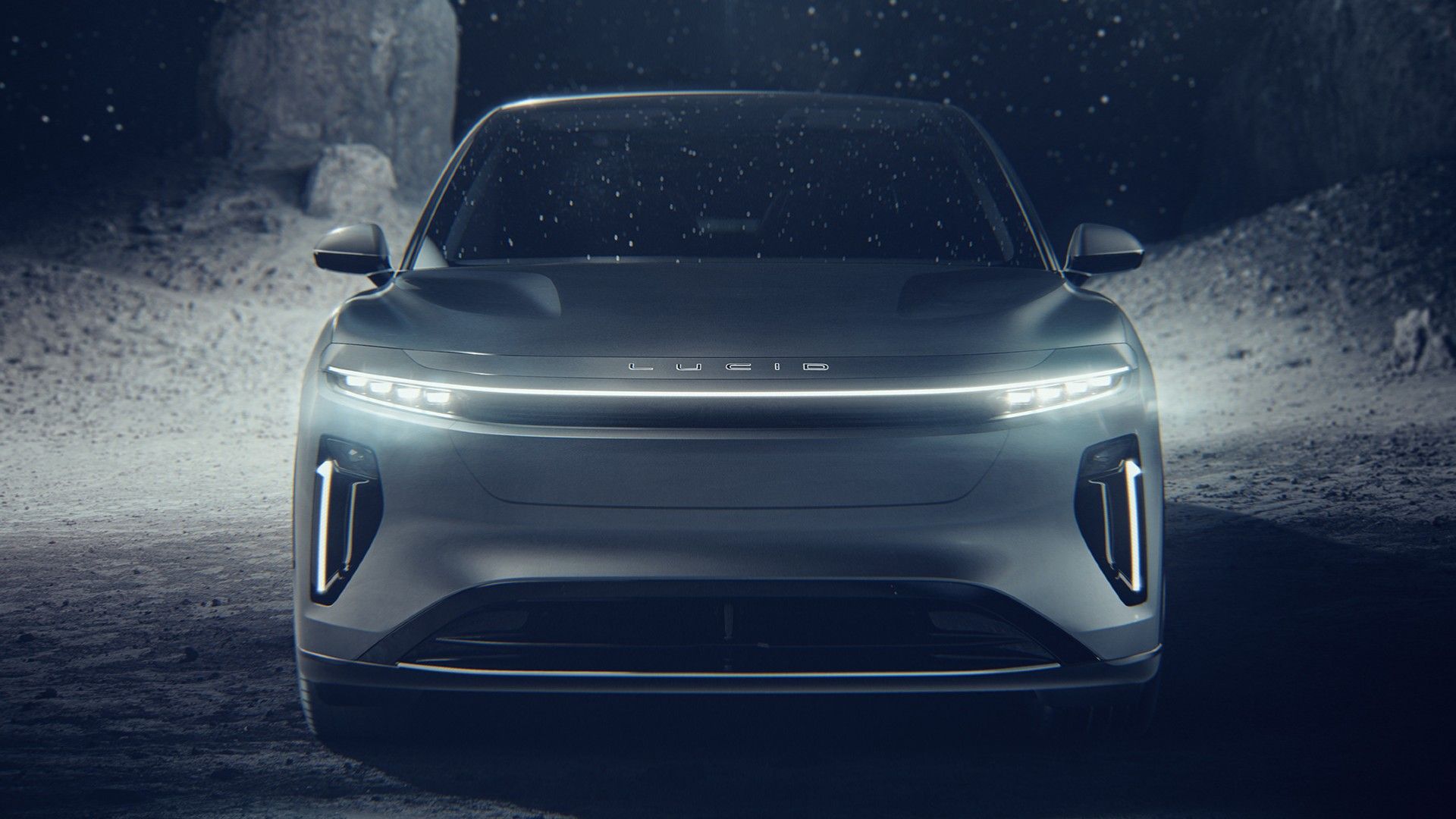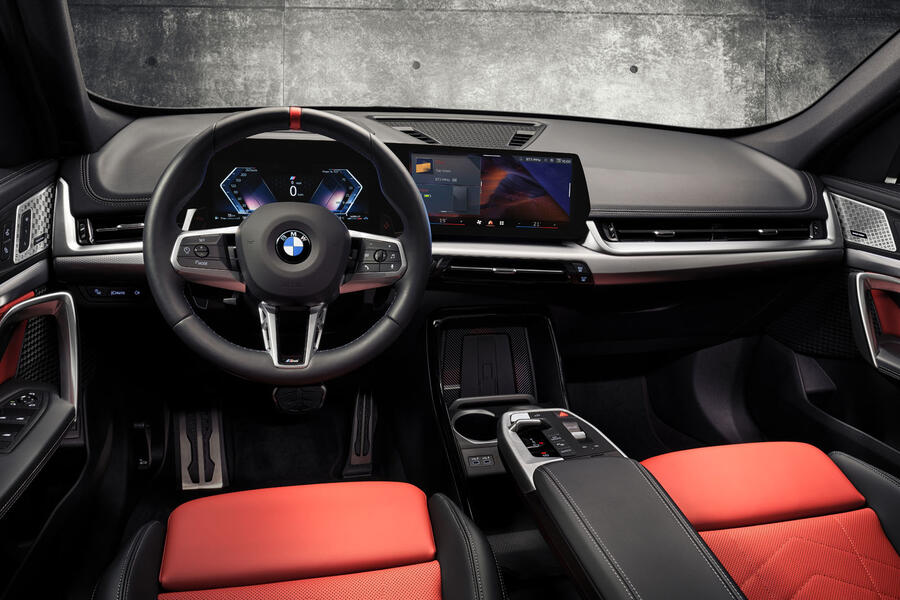Both electric vehicles offer a real-world range of over 200km, but which one is more livable within the city?

If you’re trying to choose an affordable electric hatchback in India, you might feel undecided between the Citroen eC3 and Tata Tiago EV. Both EVs have their own set of advantages and disadvantages, but which one is the all-rounder? In this review, we’ll compare the space and practicality of both the EVs to help you decide which one suits you best.
Before we continue, our partner website has conducted a ride and handling comparison of both EVs, which you can read here.
Key
To begin with the key, the eC3 receives a remote key with lock and unlock buttons, which gives it an outdated feel. Even in the top-spec variant of the eC3, the key needs to be inserted to bring the EV to life, as it doesn’t have the push-button start feature.
On the other hand, the Tiago EV’s key fob can rest in your pocket as Tata’s electric hatchback comes with a passive entry feature and a push-button start/stop as well. Unlike the eC3, Tata’s EV also comes with auto-folding ORVMs.
Looks

The Citroen eC3 has an SUV-like stance due to its upright presence. Elements like body cladding and roof rails give it a rugged look. But it still gives an outdated vibe due to the flap style door handles and fender-mounted turn indicators. It also looks the same as the C3, and Citroen could have done more to differentiate the looks of its electric hatchback from that of its ICE iteration.

On the other hand, the Tiago EV is a stylish hatchback that can be easily distinguished from the regular Tiago. Its distinct color scheme, bumper design, and blue accents allow this vehicle to stand out in a crowd. In contrast to the eC3, the Tiago EV is equipped with projector headlamps and turn indicators mounted on the outside rear-view mirrors (ORVMs). It also has a font used for the Tiago.ev badging that adds more value to the customers who are willing to pay a more premium amount for an electric vehicle.
In terms of dimensions, the eC3 is larger than the Tiago EV. The eC3 rides on 15-inch alloy wheels, while the Tiago EV features smaller 14-inch steel wheels with wheel caps. However, the eC3 lacks the distinguishing factors typically associated with electric cars. In contrast, Tata’s electric hatchback, despite its smaller size, possesses a more appealing overall design.
Interior

The eC3’s cabin features a funky design, highlighted by contrast-colored door pockets and a dotted pattern on the dashboard. However, the materials used could have been better, and the panel gaps in certain areas could have been more uniform. The eC3 offers a higher driving position, resulting in improved visibility and better judgment of the car’s dimensions in traffic.

The Tiago EV’s dashboard showcases a sober and mature design. The quality of the plastics used is comparable to that of the eC3, but the fit and finish is a concern with Tata’s electric hatchback. In terms of the seating position, it is not as elevated as the eC3, but maneuvering the Tiago EV through city traffic isn’t challenging.
Features
Both electric hatchbacks are equipped with a touchscreen infotainment system that supports connected car technology, including Android Auto and Apple CarPlay. They also feature a tilt-adjustable steering wheel, digitized driver’s display, height-adjustable driver’s seat, and steering-mounted controls.

Citroen eC3: The eC3 features a 10.25-inch touchscreen infotainment unit, which is larger than that of the Tiago. It also supports wireless Android Auto and Apple CarPlay, but there are some issues with Bluetooth connectivity that could potentially be resolved in the future through a software update. The eC3’s feature list is basic for a top-end variant of an electric vehicle, with several amenities missing, such as passive keyless entry, rear camera, cruise control, automatic AC, and more.

Tata Tiago EV: The Tiago EV comes with a smaller 7-inch touchscreen infotainment system, but it compensates with an 8-speaker Harman sound system, push-button start/stop, cruise control, rain-sensing wipers, automatic headlights, a tyre pressure monitoring system (TPMS), a rear parking camera, automatic air conditioning, and more. The digitized instrument cluster in the Tiago is also more advanced and stylish compared to the eC3.
Rear Seat Comfort

Citroen eC3: The eC3 feels more spacious than the Tiago EV. It offers a good space for two people at the rear, while adding one more person would make it a little congested. It also offers ample headroom and legroom.
Tiago EV: The Tiago EV is not as spacious as the eC3, and its rear seat is not suitable for accommodating three people comfortably. While the legroom is adequate, it doesn’t provide the same airy feel as the eC3.
Practicality
Both the eC3 and Tiago EV offer good practicality with cupholders, storage areas, bottle holders, and door pockets. The eC3 has more charging ports and a dedicated smartphone tray. However, the layout of the rear power window controls in the eC3 is not ideal.
Boot Space
The eC3 offers more boot space and comes with a spare wheel. The Tiago EV has less boot space and doesn’t have a spare wheel, as the battery pack is accommodated inside the vehicle.
|
Boot Space |
|
|
Citroen eC3 |
Tata Tiago EV |
|
315 litres |
240 litres |
Ride Comfort
Both EVs offer good ride comfort, but they have slight variations in their response to road undulations. The eC3 has a more SUV-like riding characteristic due to its ample suspension travel, while the Tiago EV has a more hatchback-like ride. The Tiago EV feels more plush in the city and maintains stability at higher speeds.
Warranty
Both the Tiago EV and Citroen eC3 offer warranty coverage on the battery pack, electric motor, and vehicle. Tata offers a longer warranty period for the battery pack and electric motor compared to Citroen.
|
Warranty |
Citroen eC3 |
Tata Tiago EV |
|
Battery Pack |
7 years / 1,40,000km |
8 years/ 1,60,000km |
|
Electric Motor |
5 years / 1,00,000km |
8 years/ 1,60,000km |
|
Vehicle Warranty |
3 years / 1,25,000km |
3 years / 1,25,000km |
Price & Verdict
|
Price Check |
|
|
Citroen eC3 |
Tata Tiago EV |
|
Rs 11.50 lakh to Rs 12.76 lakh |
Rs 8.69 lakh to Rs 12.04 lakh |
All prices are ex-showroom Delhi

Both electric vehicles offer a range of over 200km based on our real-world tests, which is practical for city usage. While the eC3 is more focused on space and practicality, the Tata Tiago EV offers more premium amenities and better performance at a lower price. The eC3 costs Rs 90,000 more than the Tiago EV and only offers around 20 kms more of range, but it lacks some key features. This makes Tata’s electric hatchback a better value for money option and a better fit for your family.
So, who should buy these? The eC3 is suitable for those who prioritize space and ground clearance, while the Tiago EV is a better choice for those who want a premium cabin experience and a fun-to-drive electric vehicle.
Read More on: Tata Tiago EV Automatic












